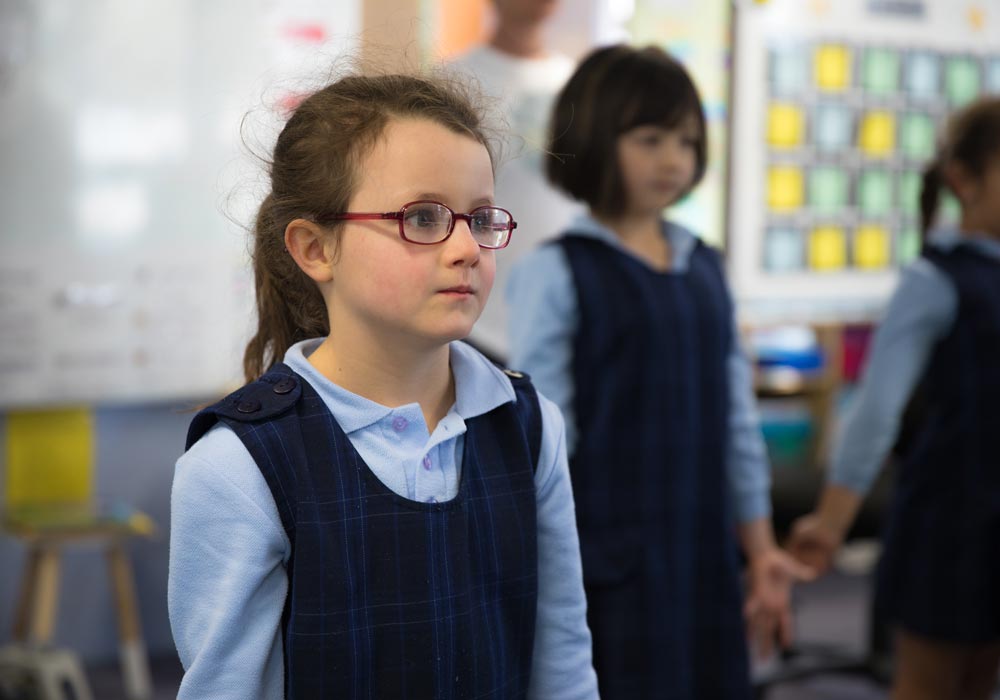Stress in young children. When it’s normal + when it’s not.
Stress in young children. When it's normal and when it's not.
It’s natural for children to experience anxiety and stress from time to time. In fact, it can be an important part of their development as they learn how to cope with difficult emotions. But when these feelings become overwhelming or occur too often, it can be a sign that something more serious is going on.
We'll look at the signs and symptoms of anxiety and stress in early childhood, what is considered normal behaviour in terms of these experiences, and when one should consider seeking professional help. We will also provide tips on how parents, teachers and schools can support their children through anxious moments and empower them to manage their own emotions effectively.
What are the Signs and Symptoms of Anxiety and Stress in Early Childhood
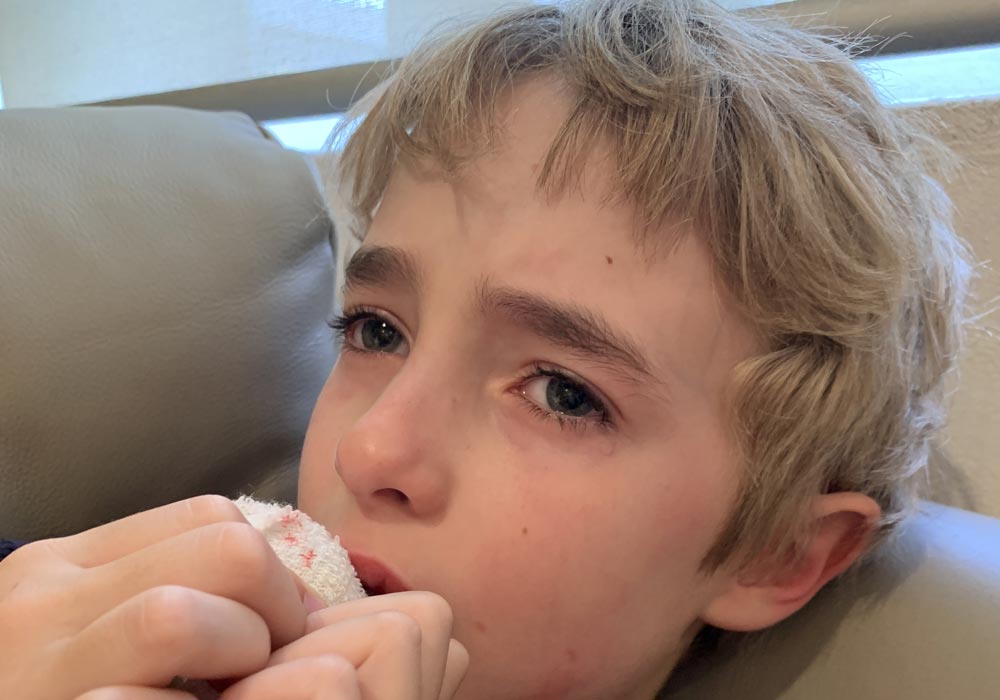
When it comes to anxiety and stress in early childhood, signs and symptoms can vary from child to child. Some of the most common ones may include:
- excessive worrying or fear
- intrusive thoughts
- physical tension such as headaches or stomach aches
- difficulty falling asleep or staying asleep at night
- frequent tears or irritability
- changes in eating habits (eating too much or too little)
- difficulty focusing
- social withdrawal
- low self-esteem
Depending on the severity of their distress, children may also act out aggressively, have trouble controlling their behaviour, become more clingy than usual, or avoid activities that used to be enjoyable for them.
What is considered “Normal” in terms of Anxiety and Stress Experiences?
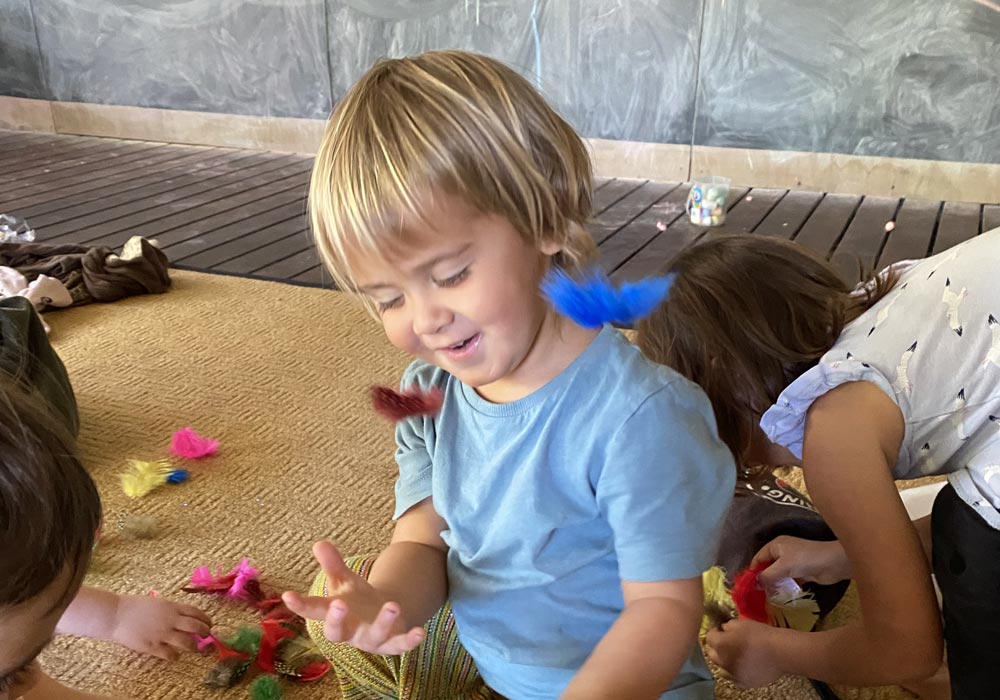
Keep in mind that anxiety and stress are normal parts of life, and everyone will experience them from time to time. When it comes to children, there are certain behaviours that are considered within the realm of “normal” when it comes to these experiences. For instance, some common signs of “normal stress” include occasional worries, difficulty sleeping or sleeping too much, feeling overwhelmed or not wanting to do tasks they don’t like.
The intensity of these experiences will often fluctuate with age and development. For example, preschoolers may experience more frequent bouts of stress due to their limited life experience and lack of problem-solving skills. While older children may react to stress with more mature responses, such as talking to a friend or an adult about their feelings.
Children of different ages may show their stress differently. For instance, older children may show more signs of physical tension such as headaches or stomach aches, while younger children may display more emotional distress such as frequent tears, clinginess or tantrums.
It can be difficult to discern whether there is cause for concern, so it can be helpful to pay close attention to the duration of their distress, and how often it occurs. If these behaviours are chronic, or if they interfere with a child’s daily life, it may be time to seek the opinion of a professional.
When to seek professional help for your child’s Anxiety or Stress Levels
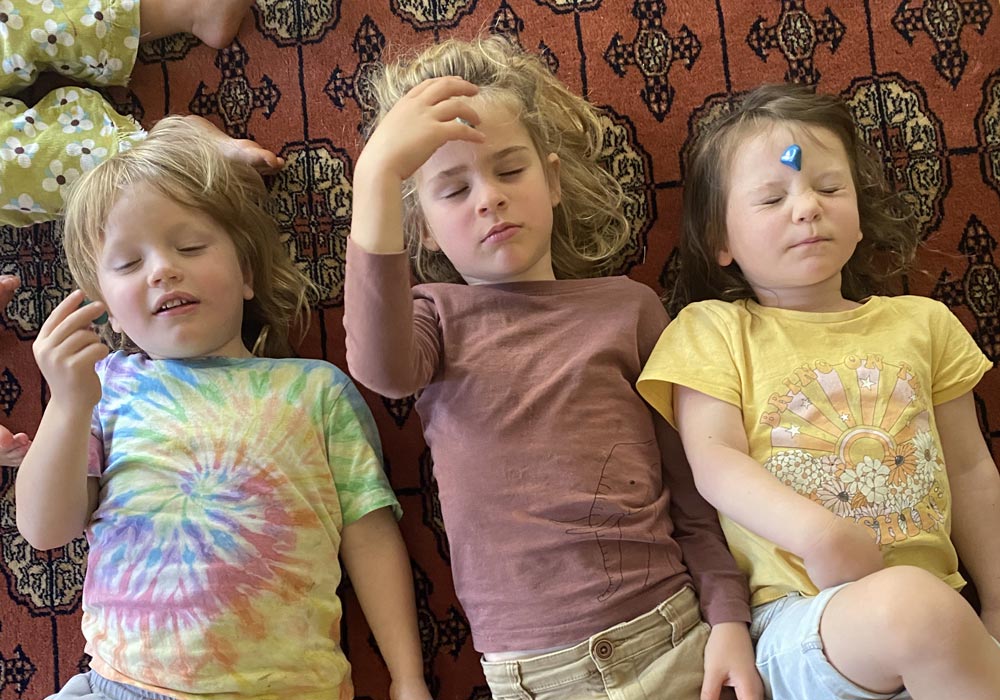
Ultimately, if the distress is becoming frequent or intense enough that it is impacting the child’s everyday functioning (e.g., difficulty sleeping, reluctance to be left at school, avoidance of activities, then it may be time to seek professional help.
Children, and especially younger children, are often unable to articulate what they are feeling or to express themselves in ways adults can easily understand. Sometimes, what looks like poor behaviour, is actually a sign of distress or anxiety that needs to be addressed.
Tips on how parents can help their children manage these bigger feelings
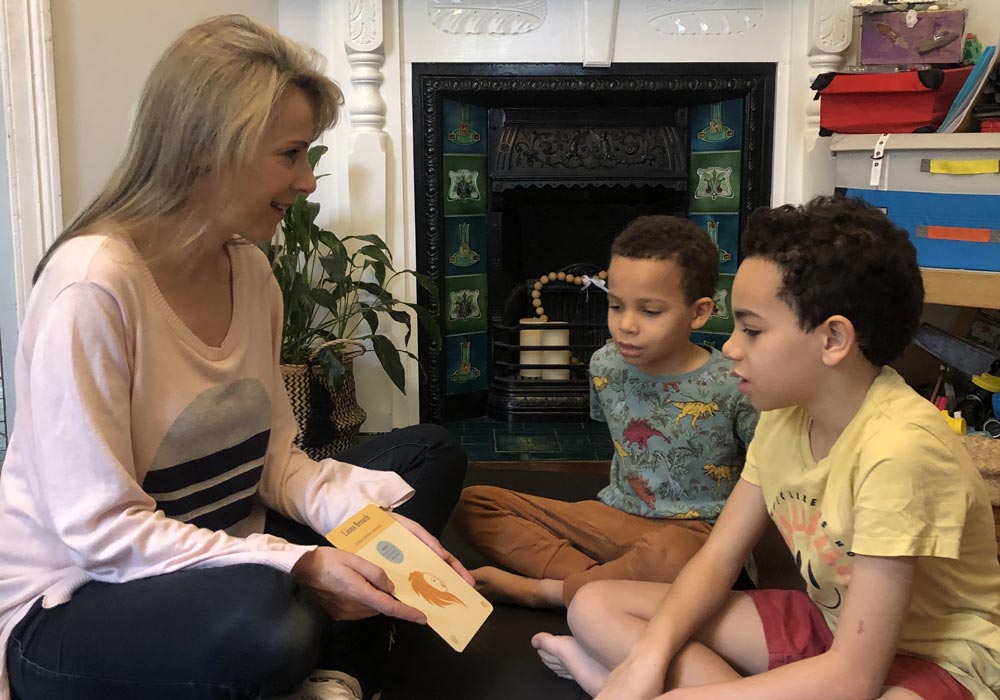
Here are a few suggestions that parents can do to help their children manage their anxieties and stress more effectively.
- Breathe slowly and deeply together
- Sit with them and give them some physical reassurance (a hug or gently stroke their back
- Engage their senses – go for a mindful walk or smell some lavender oil
- Reassure them that the worry will pass and that they will be okay
- Help them learn how to identify when they’re feeling anxious or overwhelmed, and give them tools to cope with those feelings * A Karma Homes.
- Talk openly with them about these emotions, encourage problem-solving skills, and focus on positive thinking Eg: “I know you want to stay home with me today but it’s a school day, so let’s take some deep breaths together to help you calm down. And you love to play with Angie at school and she’s waiting for you”
For more tools and tips, see our Karma Home Activity Cards.
Provide your child with a safe and comfortable space to express their feelings and be patient as they learn how to process them. Create a predictable routine for your child - a mix of activities that involve social, emotional and physical activity, and you want to nurture and nourish their physical, mental and emotional health and wellbeing..
Rest and solo play are equally important.
How teachers can help children manage stress and anxiety
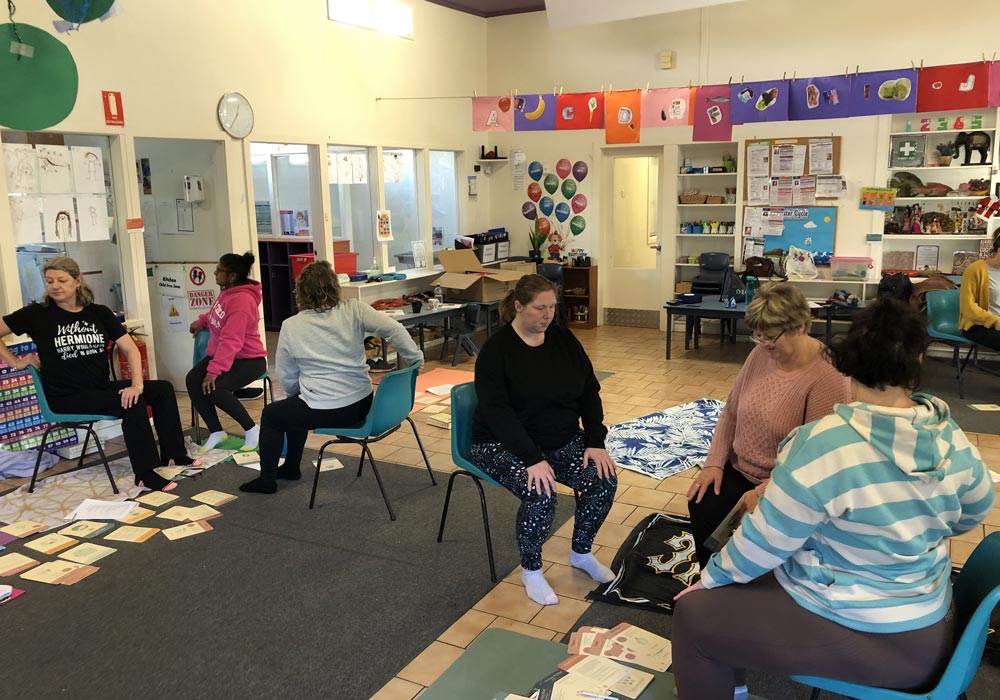
Classrooms need to be and feel safe, supportive and nurturing if they are to be learning environments where students feel comfortable to share their feelings. Positive reinforcement instead of criticism is important, as are listening to children’s concerns, validating their emotions, encouraging problem-solving skills, and teaching them self regulation tools and techniques like deep breathing. Teachers can also learn how to easily weave daily wellbeing experiences into the day to support all their students, and especially those who need additional help with stress or anxiety.
See A Karma Classroom PD for more information.
Be mindful that regular behavioural outbursts could be a sign that something deeper is happening. By understanding how to identify these behaviours, and intervene with appropriate resources, we can help children manage their distress more effectively and ascertain if additional professional help is required..
Introduce calming techniques into the classroom that help children to self-regulate
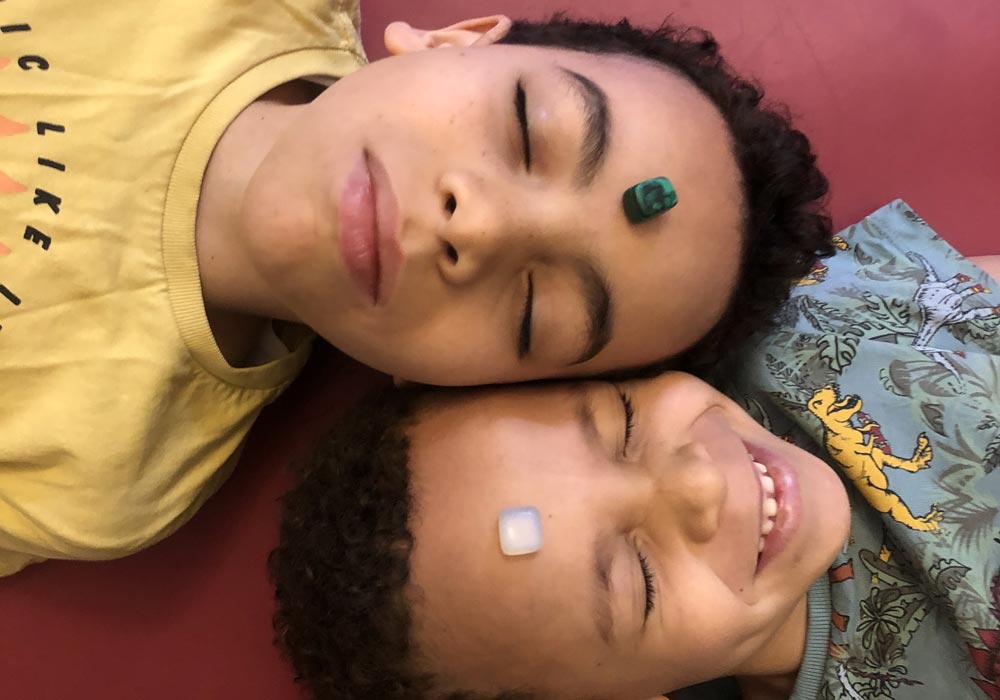
Introducing calming techniques and mindful experiences into the early learning or primary school classroom is a must if teachers want to support whole child development, and create a holistic learning environment where their students learn how to self regulate and feel safe to express their feelings.
Creating mindful experiences at transition times and offering other creative outlets can help students manage their bigger emotions with more ease and grace, boost their self esteem, build focus and enjoy their learning and being at school.
By recognising when a child is feeling overwhelmed or anxious, and taking steps to provide support, teachers can help to ensure that all students feel safe and supported in the classroom.
A Karma Classroom Professional Development Workshop has been designed to give teachers tools and skills to easily support children’s mental, physical and emotional wellbeing by weaving mindful movement (yoga), breath and mindfulness into every school day for just minutes at a time. These few minutes – Peace Pauses – help children to calm down, re-energise, re-focus and transition more easily. They also help to cultivate a kinder and more compassionate classroom climate that encourages overall mental, physical and emotional health and wellbeing.
Choosing extra-curricular/school-based activities that help children to thrive
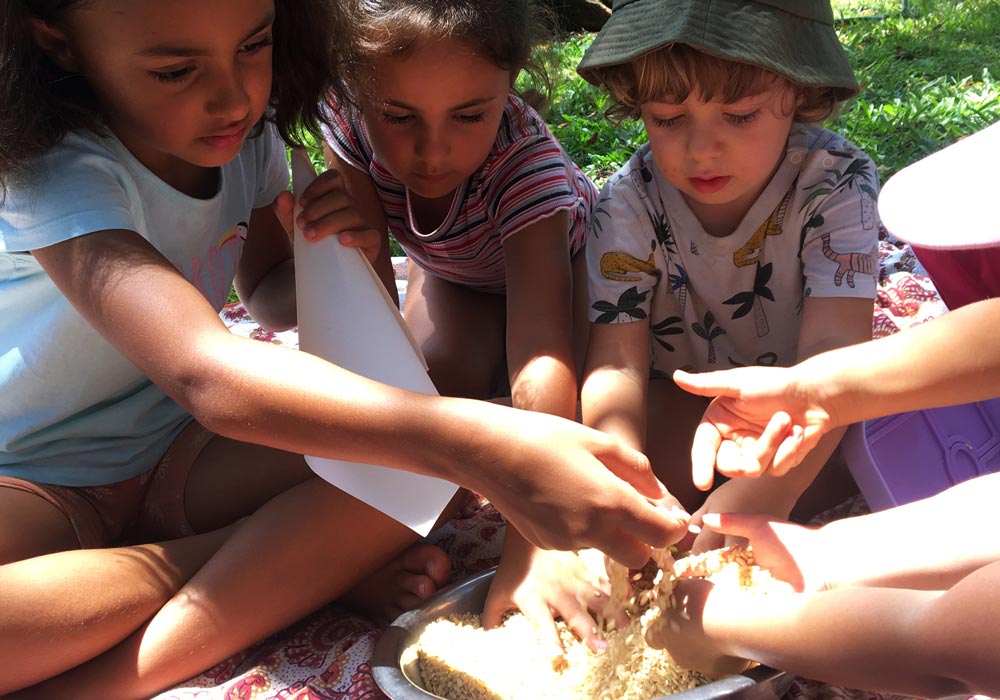
Both early childhood centres and primary schools can support and improve the overall well-being of their students by offering weekly kids yoga classes that align with the school term. Providing students with a regular experience of yoga, breath and mindfulness teaches cultivates strength, flexibility and balance, introduces them to the ‘magical breath’, and offers them mindful experiences that help to better manage stress and anxiety and build resilience. The time is NOW!
Youth mental health is on the rise, and children as young as 4 are showing signs of increased anxiety, stress and depression. Early prevention is vital! The ancient wisdom of yoga, breath and mindfulness have stood the test of time and scientific research. If we are going to raise a generation of kind, compassionate and healthy adults, we need to give our children the tools to navigate through the challenges of life and create classrooms that support whole child development.

